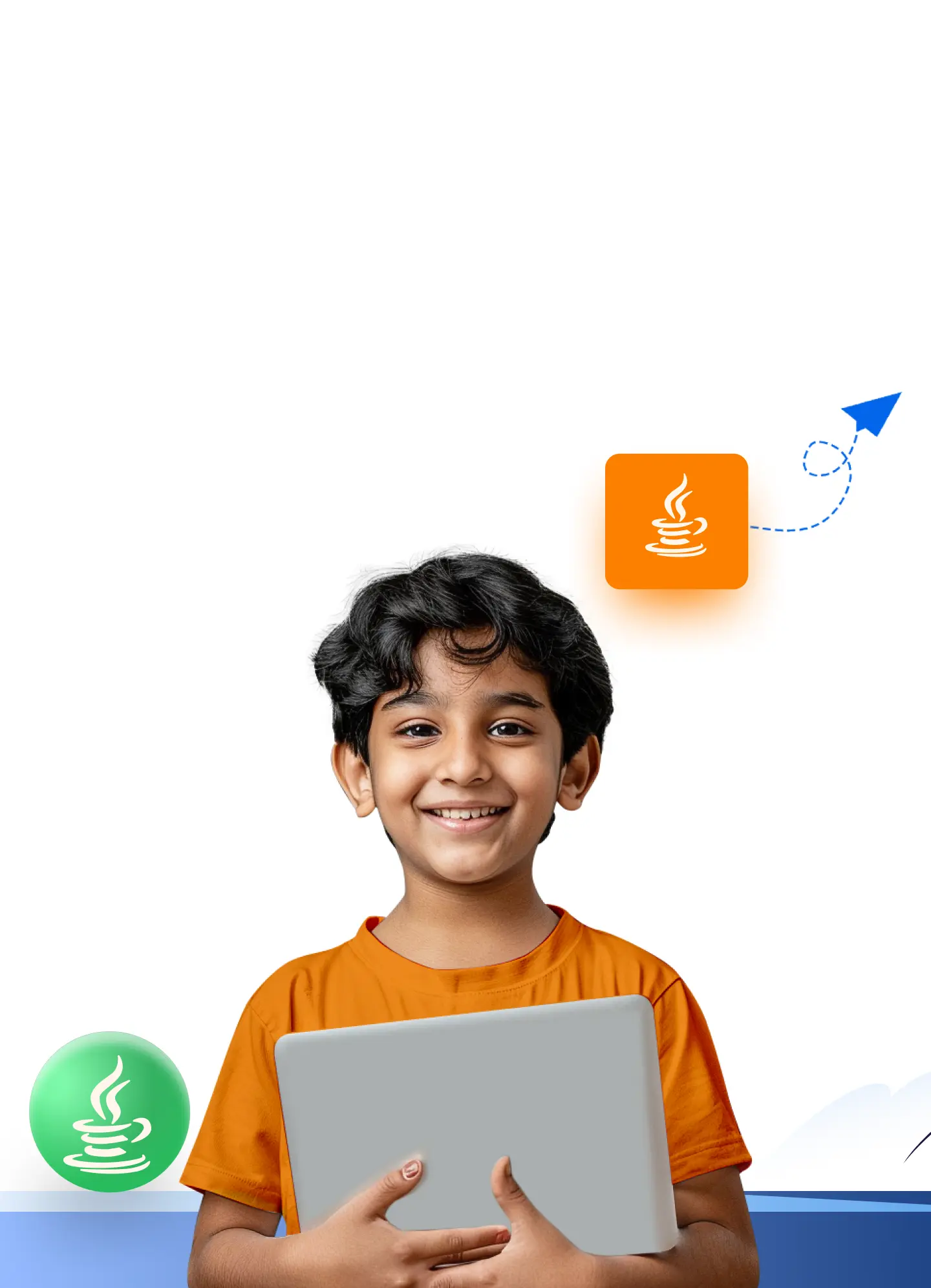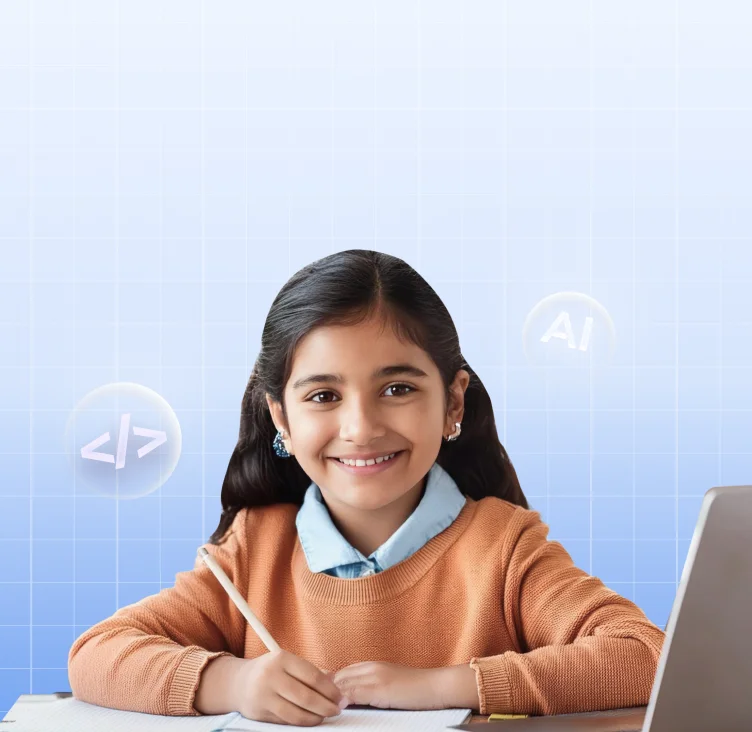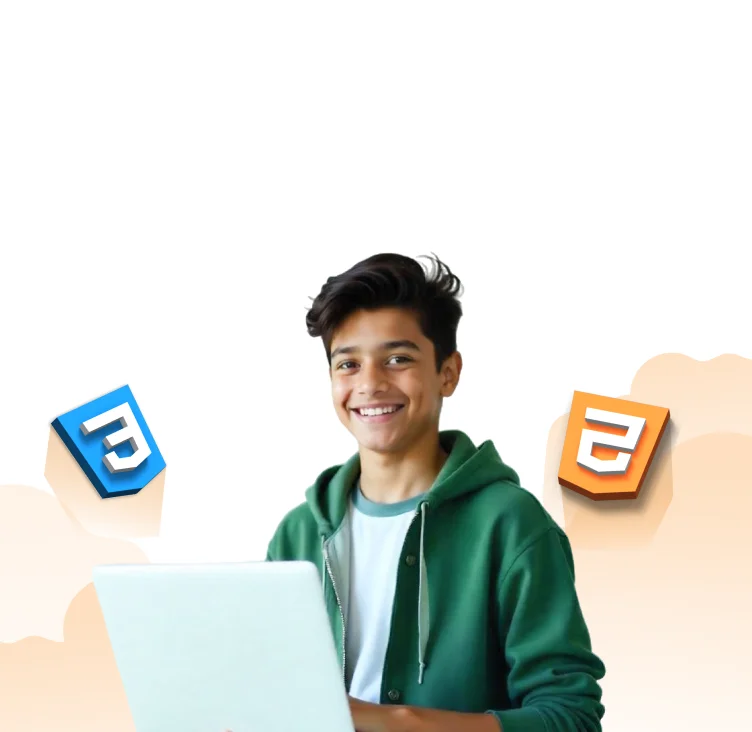The Future of Coding: What’s Next for Young Programmers?
By SaanchiHave you noticed how quickly kids pick up tech these days – tapping, swiping, and even solving problems on screens better than most adults? That natural ease is turning more and more children into creators instead of just users. As tools become more accessible and fun, the future of coding isn’t far away; it’s something kids are stepping into right now.
The growing interest in coding for kids reflects how deeply technology is becoming part of childhood. What used to be limited to advanced learners is now available to anyone with curiosity and access. With AI, automation, and immersive tech like VR entering the scene, coding is no longer just about typing lines of code. It’s about thinking creatively, solving real-world problems, and understanding how digital tools shape the world.
What Coding is All About?
Before we dive into what’s next, let’s first understand what coding really is. At its core, coding is simply the way we give instructions to computers. It’s how apps work, how websites load, and how video games respond to your actions. These instructions are written in languages like Python, HTML, or JavaScript which have their own style and purpose.
For kids, learning to code is like discovering a new way to express ideas. Instead of drawing or writing stories, they’re building things that move, react, and solve problems. It’s a mix of play, experimentation, and logic, which helps them understand how the digital world around them works.
How the Future of Coding Will Shape Young Minds
The future of coding will go far beyond building websites and apps. It’s opening up new ways for kids to explore, invent, and make sense of the world around them. As technology becomes part of everyday life, coding will give children the confidence to interact with it, and not just use it.
Through STEM for kids, coding now ties in with science experiments, math-based puzzles, and even engineering models. It helps kids break big problems into small steps and encourages them to test, try again, and improve. These habits aren’t only useful in tech, they’re useful everywhere.
To add to that, with AI for kids gaining popularity, even young learners are starting to explore how machines can recognize patterns, learn from data, or respond intelligently. Introducing coding alongside AI concepts helps children understand how these systems work and how they can use them in thoughtful and creative ways.
Artificial Intelligence and Machine Learning in the Future of Coding
Artificial Intelligence and Machine Learning are quietly powering the next generation of learning platforms, and kids are experiencing it in ways they enjoy. From personalized feedback to real-time challenge suggestions, these technologies are being used to make coding more intuitive and fun. Some platforms even use game-like levels or visual cues to help children understand complex concepts without overwhelming them.
The rise of AI for kids is making it easier to grasp how intelligent systems work – be it building a chatbot, experimenting with visual recognition, or seeing how machines learn from data. And behind the scenes, many of these tools use AI to adapt lessons based on each child’s pace, interests, and problem-solving approach.
This smarter way of learning is shaping the next phase of programming for kids, where discovery, challenge, and creativity all meet on one screen.
Low-Code and No-Code Platforms in the Future of Coding
One of the most practical outcomes of AI and ML in education is the growth of low-code and no-code platforms. These tools use intelligent backends to simplify how kids build apps and games while removing complex syntax and replacing it with visuals, smart suggestions, and reusable logic. It’s a big leap forward in the future of coding, making creative tech-building more accessible.
Here are a few standout platforms and what makes them special:
✅ HackerKID – Designed for structured skill-building; can help explore some of the widely used coding languages for kids like Python and JavaScript through fun games and age-specific challenges. HackerKID offers a Premium Python Course for Kids to help your child solidify the fundamental python concepts. Alongside, they can also enroll in our Premium Javascript Course for Kids that’ll help them master the language with ease.
✅ Scratch – Uses drag-and-drop coding blocks that help kids grasp programming structure visually
✅ Thunkable – A beginner-friendly tool to create working mobile apps with a clean, modular interface
✅ Tynker – Offers guided lessons that grow with the learner, from block coding to real-world programming
These platforms give kids the chance to think like creators. They offer just enough structure to learn confidently, while leaving space to explore, build, and learn at their own pace.
How is AI Changing Programming Processes?
Artificial Intelligence is transforming how coding is learned, applied, and even taught. From auto-complete suggestions to AI-driven tutors, the tools available today can guide kids through projects in real-time, reducing frustration and boosting independence. What once required memorizing syntax now often involves interacting with smarter, more intuitive systems.
As these tools evolve, the future of coding is becoming less about writing lines from scratch and more about understanding how systems behave, adapt, and respond. This shift is empowering kids to focus on building ideas rather than getting stuck in technical hurdles. AI is not replacing programming; rather, it’s redefining what it means to be a programmer.
Will AI Make Coders Obsolete?
For children learning to code today, AI might seem like a clever tool that does all the work. But the real magic still comes from the minds behind the machines. While AI can assist with certain tasks, it can’t imagine, question, or create like a human can. That’s why efforts to teach kids coding are more important than ever. Kids who understand how code works and why it works will be the ones shaping how AI will be used in the future and not be replaced by it.
Quantum Computing: A New Chapter in the Future of Coding
Quantum computing might sound like science fiction, but it’s already beginning to shape the future of coding. Unlike regular computers that process one calculation at a time, quantum computers can solve complex problems much faster using quantum bits, or qubits. This opens up entirely new possibilities in how data is handled, especially in fields like space research, climate modeling, and medicine.
For kids learning to code, this means exciting changes ahead. While they won’t be programming quantum systems just yet, understanding basic coding now lays the foundation for working with tomorrow’s advanced technologies. Coding tools for kids that are being used today might go through more changes and continue to evolve, but the logic, problem-solving, and curiosity they build through coding will stay relevant in a quantum-powered world.
Will Quantum Computers Supersede Traditional Computers?
While quantum computers have incredible potential, they’re not expected to fully replace traditional computers anytime soon. Instead, they’ll likely work alongside them while handling highly complex problems that classical systems can’t solve efficiently.
For kids learning coding today, this means they’ll still be working with the same everyday tools, while gaining exposure to concepts that could become more common in the future.
Emergence of New Programming Languages
As technology grows more advanced, new programming languages are being introduced to keep up with changing demands, from faster systems to smarter automation. These languages are designed to solve specific challenges that traditional ones might struggle with, especially in areas like AI, web apps, and even quantum computing. The future of coding will likely see the inclusion of some of these newer languages as they become more widely adopted.
Here are a few that kids might hear more about in the coming years:
- Rust – Known for speed and memory safety, it’s great for system-level development
- Go (Golang) – Developed by Google, it’s simple and efficient for building large web applications
- Kotlin – Often used for Android apps, with a clean, easy-to-read syntax
- Julia – Built for data science and complex math operations
- Swift – Apple’s go-to language for iOS development
- TypeScript – Enhances JavaScript with more control and structure
- Dart – Used with Flutter to build apps for both iOS and Android
- Zig – A modern alternative to C, gaining traction in low-level programming
- Solidity – Key to creating smart contracts in blockchain applications
- Carbon – Still in development, but designed as a next-gen alternative to C++
While these might sound advanced, the foundations laid through these platforms today help young learners build the thinking skills they’ll need to pick up any new language tomorrow.
Will Coding Languages Change the Future of Coding?
As technology advances, the way we write code also is changing with leaps and bounds. Newer languages are being developed to be faster, safer, and easier to learn, especially for beginners. Many coding languages for kids are already designed with simplicity and clarity in mind, and future ones will likely build on that idea. Instead of replacing what kids are learning today, these changes will make it even easier for them to build cool projects with less complexity and more creativity.
The Big Trends in Coding in 2025 and Beyond
Coding is no longer limited to screens and syntax. Kids today are learning in ways that are creative, immersive, and deeply hands-on. With tools constantly evolving, here are the biggest trends expected to shape their journey in the coming years:
- Miniaturization of Devices:
Compact tools like Raspberry Pi and Arduino are making it easier for children to build real-world tech with limited resources. These hands-on experiences are helping STEM for kids become more accessible and fun. - AI & Low-Code/No-Code Platforms:
Smart tools that reduce the need to write long lines of code are helping kids focus more on logic and creativity. These platforms are powered by AI, making it easier to build games, websites, or apps – even with minimal coding experience. - Cybersecurity:
As digital awareness grows, coding education is now teaching kids how to build safe systems. From password protection to ethical hacking basics, security is becoming an essential part of early tech learning. - Blockchain:
Even younger learners are beginning to explore how blockchain works. Platforms now offer simulations and games that introduce the basics of digital ownership, secure data storage, and decentralized apps. - Virtual Reality for Kids:
VR is opening new doors in coding by letting kids step into the worlds they create. From building 3D scenes to storytelling inside immersive environments, virtual reality for kids is redefining how we think about learning through code. - The Rise of the Future of Coding:
Whether it’s AI, quantum computing, or VR, the future of coding is becoming more versatile and exciting. Kids today are learning skills like core logic and creative thinking that will carry them into a world full of smart technologies that are changing fast too.
Wrapping Up
According to the World Economic Forum’s 2023 ‘Future of Jobs Report’, more than 75% of companies are expected to adopt AI, cloud computing, and big data by 2027. As tech continues to touch new horizons with each day, early coding skills are becoming a strong foundation for navigating the digital world ahead.
Looking at the future of coding, it’s clear that kids who grow up experimenting with code are more likely to think critically, solve problems creatively, and adapt with confidence. They’re not only learning how to use technology, they’re also learning how to build with it.
Want to give your child a head start in coding? With HackerKid, they’ll follow a well-structured path built by experts, engage in fun, hands-on learning, and build real projects along the way. No confusion, no aimless browsing, just the right guidance at the right time.
Fill out the form for a personalized roadmap and start your child’s tech journey today!
Frequently Asked Questions
- Can coding help improve my child’s academic performance?
Yes. Coding strengthens skills like concentration, logical reasoning, and pattern recognition, which often reflect in subjects like math and science. - How much screen time is healthy when kids are learning to code?
It depends on age, but for most kids, 30–60 minutes a day of guided, purposeful coding can be beneficial without causing screen fatigue. - What if my child doesn’t enjoy coding right away?
That’s okay. Try different tools or formats—some kids prefer game-based learning, while others enjoy visual design or storytelling elements in coding. - Are there non-tech careers where coding is still useful?
Yes, fields like music production, architecture, digital art, and even journalism now use basic coding to automate, create, or analyze digital content.









